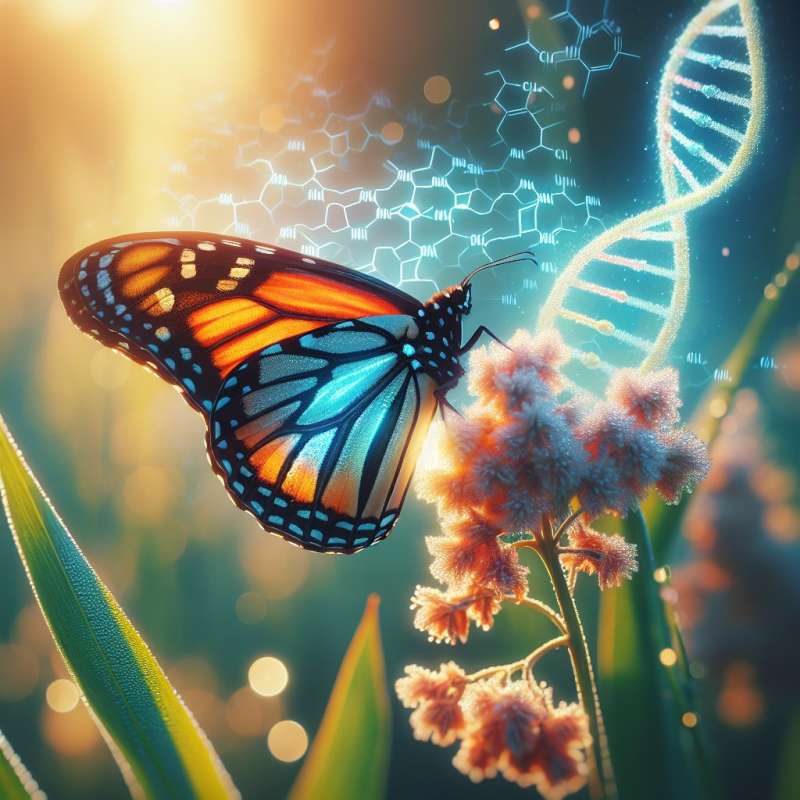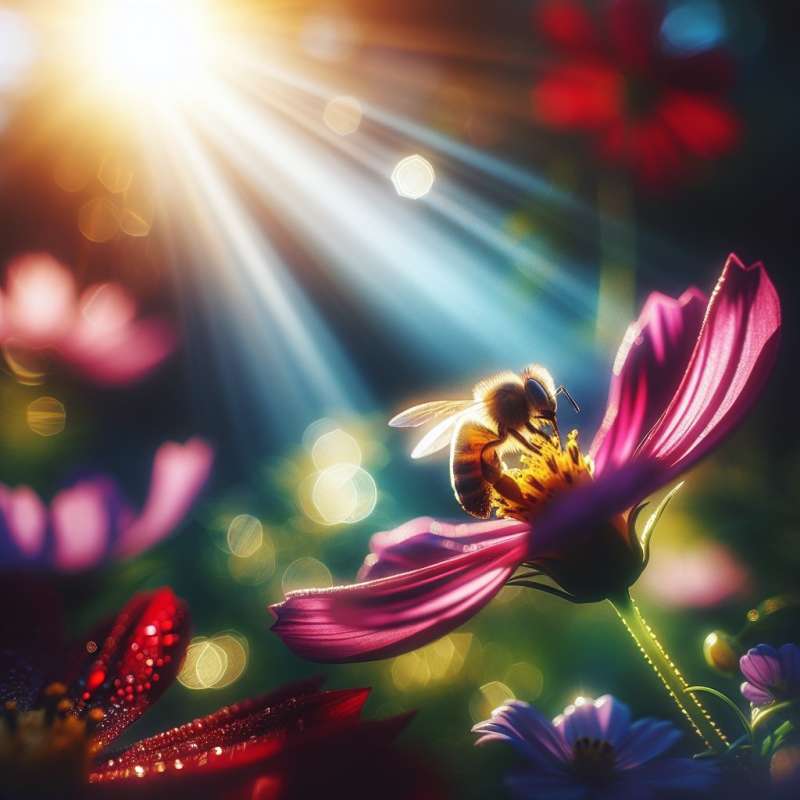
Evolution: An Introduction
Evolution is the process through which species adapt over generations. It's driven by natural selection, mutation, gene flow, and genetic drift, fundamentally shaping the diversity of life.
Genetic Drift's Impact
Genetic drift, a random process, can cause significant evolutionary changes, especially in small populations. It leads to a loss of genetic variation, potentially impacting species' survival.
Mutations: Evolution's Raw Material
Mutations are random errors in DNA replication. Though often neutral or harmful, some can provide advantageous traits that are then favored by natural selection.
Gene Flow: Nature's Mix
Gene flow occurs when organisms migrate and interbreed, mixing genetic material between populations. This can introduce new traits and increase genetic diversity, aiding adaptability.
Natural Selection in Action
The peppered moth's coloration shift during the Industrial Revolution is a classic example of natural selection due to environmental changes.
Co-evolution Complexity
Co-evolution occurs when two or more species reciprocally affect each other's evolution. The intricate relationship between bees and flowers exemplifies this beautifully synchronous process.
Extinction and Evolution
Mass extinctions, like the one that ended the dinosaurs, have been pivotal, wiping out dominant species and allowing for the rise of new life forms, including mammals and eventually humans.Humans and Bananas
Humans share about 60% of their DNA with bananas, highlighting the surprising genetic connections across diverse life forms.
What drives species' evolutionary adaptation?
Climate and weather changes
Natural selection and genetic factors
Earth's rotation and orbit
Company